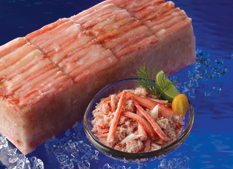
Snow Crab

Market Name: Eating QualitiesSnow Crab Meat has a sweet flavor and firm texture.
   |
Description & CharacteristicsSnow Crab (Chionoecetes ) is a genus of crabs that live in the cold waters of the Northern Pacific and Atlantic Oceans of which the species opelio, bairdi, japonicus, and tanneri are commerically important. Korea, Canada, the USA, and Russian are major producers. The sweet flavor and firm texture of Snow Crab Meat has made it a popular ingredient in many signature dishes that chefs prepare to satisfy the palates of seafood lovers around the world. The meat of the commerically caught species have fine, tender filaments that are exquisitely mild and very tasty.
Crabs are some of the oldest animals on earth, appearing in the fossil record more than 200 million years ago.
Other Resources |
Handling Instructions for Snow Crab
Our frozen fully cooked snow crab primarily comes in two forms and originates from four countries. Our extracted snow crab meat is sourced from Korea and is packed in 5# blocks. Our cooked in the shell snow crab clusters (also called sections) are sourced from Canada, the USA and Russia and are packed as individually frozen clusters in 20 or 30# cases. Both forms should be stored at or below 0°F (-18°C) and then thawed properly when ready to consume as precooked products. It is best to consume frozen snow crab clusters within 12 months and the block frozen meat within 24 months. Links to proper seafood handling instructions: NOAA - Fish Watch: Handling Seafood and A Consumer Guide to Safe Seafood Handling.
Thawing Snow Crab
To thaw frozen snow crab meat, place a 5# block in a sealed container or plastic bag in the refrigerator (33 to 39°F) for 24-48 hours or until the block is entirely thawed. This method results in a high quality thawed crab meat that retains its natural juices and delicate texture. The snow crab clusters should be gently rinsed to remove the protective ice glaze and then thawed under refrigeration in a similar manner. Crab that is not consumed promptly after thawing needs to be refrigerated between 33 and 39°F and consumed within 2-3 days. Consuming snow crab meat and sections immediately after proper thawing yields the best quality.
Important Instructions for Snow Crab
The Federal Food, Drug and Cosmetic Act now requires that all foods that are not raw agricultural commodities and that contain a major food allergen be labeled to clearly identify the name of the food source form which the allergen is derived. (21 CFR U.S.C. 343(w)(1)). The act defines eight foods, and any ingredients derived from these foods as major food allergens: Fish, Crustacean Shellfish, Milk, Eggs, Tree Nuts, Peanuts, Wheat & Soybeans. The name of the food source that must be listed on the label for fish or crustacean shellfish must be the specific type of fish or crustacean shellfish. The market names of species of fish and crustacean shellfish should be used to identify the food source of these two major food allergens. If you intend to re-pack these seafood products, be sure the allergen is declared in either one of two ways:
1) Within the list of ingredients
or
2) In a separate “Contains” statement immediately after or adjacent to the list of ingredients.
Consult the Fish and Fishery Products Hazards and Controls Guidance, Fourth Edition, Chapter 19 for more detailed information on the labeling of food allergens.
Cooking Tips
Snow crab meat and clusters are precooked and can be consumed chilled or be used in a variety of heated preparations. Links to snow crab cooking tips and recipes.
Korea
The Republic of Korea (South Korea) is comprised of a main peninsula and over 3000 small islands that have a combined coastline of over 15,000 miles. Wild fisheries have historically been the dominant production method for seafood and today represents roughly 70% of their total production. As Korea’s wild fisheries production declined during the past 15 years, the Korean government initiated efforts to develop and expand aquaculture to help fill the shortfall. At present, aquaculture provides the remaining 30% of Korea’s seafood production and consists of mainly seaweed, shellfish, and finfish. Korea ranks number 14th in world aquaculture production. Sustainable aquaculture development is promoted and managed by the Korean Ministry of Maritime Affairs and Fisheries. The ministry’s goal is to create a profitable export market for Korea’s growing aquaculture industry.
Canada
Canada is almost a carbon copy of the United Sates in terms of land mass and miles of coastline. This makes Canada very similar to the United Sates in terms of fishery resources with the exceptions of the U.S. warm water fisheries along the Gulf coasts and Hawaii. Canada’s wild fishing industry operates on the Atlantic and Pacific coasts, and on more than 800 freshwater lakes in between. The country exploits more than 100 commercially valuable species of fish. The top wild species caught are hake, ocean perch, cod, herring, salmon, capelin, cold water shrimp, snow crab, rock crab, lobster, halibut, and scallops. Canada’s aquaculture production is growing and is primarily comprised of salmon, steelhead, mussels, oysters, scallops, trout, Arctic char, with additional progress being made with black cod, halibut, haddock, eel, tilapia, sea urchin, quahog clams, and geoduck clams. Canada has strong nationwide fishery and aquaculture management in place to help advance their sustainable development.
The United States
The United States of America has over 95 thousand miles of coastline, ranks fourth in the world in wild capture fisheries and thirteenth in aquaculture production. The wild capture fisheries is dominated by Alaska pollock and followed by menhaden, salmon, flatfish, and cod. After these wild caught finfish species which comprise 84% of the entire wild catch, the remaining capture fisheries primarily consist of crab, shrimp, and shellfish. Aquaculture production in the U.S. is comprised of roughly 70% freshwater and 30% marine farms. Freshwater aquaculture is dominated by catfish and followed by trout production while the marine aquaculture in comprised of 65% shellfish (clams, oysters, & mussels), 25% salmon, and 10% shrimp. At present, aquaculture represents 5% of the total U.S. seafood production.
The long term sustainability of U.S. wild fisheries has been the goal of the 1976 Magnuson-Stevens Act. The National Marine Fisheries Service manages all activities to achieve this goal and at this time the majority of wild capture fisheries in the U.S. are sustainable. In 2011 the U.S. Department of Commerce and the National Oceanic and Atmospheric Administration released policies that promote the accelerated development of marine aquaculture. Both wild fisheries and aquaculture in the United States are currently well managed for sustainable growth.
Russia
TheRussia is the largest country in the world. It stretches from the Baltic Sea in the east to the Pacific Ocean and from the Arctic Ocean to the Black Sea in the South. It is nearly twice the size of the United States.The rule of law and the regulation and management of fisheries and aquaculture is weak when compared to Canada, the U.S., and other developed countries. Russia is in the top ten of the world’s fishery producers and most of this wild catch comes from the Pacific Ocean region in the areas of the Okhotsk Sea, the Bering Sea, and around the Kamchatka Peninsula. Fishery and aquaculture management is administered by the Federal Agency for Fisheries. The Russian wild fishery harvest includes over 100 commercial species of finfish and invertebrates of which pollock, herring, salmon, king crab, snow crab, and groundfish are the most important. Trout, salmon, carp, sturgeon, whitefish, and scallops, are the primary items produced by Russian aquaculture. Progress improving responsible practices for both the Russian wild fisheries and aquaculture sector has been difficult and slow. Most of the progress has been spearheaded by NGOs working with various Russian commercial fishing federations to improve the sustainability of the king crab and pollock fisheries. Illegal, unreported, and unregulated (IUU) fishing is currently an ongoing problem with the poorly regulated fishing industry.
http://cport.net/go-blue-seafood-sustainability-spectrum
|
|
Go Blue! Seafood Sustainability Spectrum*Click here for an explanation of our Sustainability Spectrum 
Sustainability AssessmentSea Port sources primarily two species of Snow Crab: Chionoecetes opilio from Canada, Russia, and the USA and a closely related species, red queen crab (Chionoecetes japonicus), from Korea. Known collectively as tanner crabs, they are marketed commercially as Snow Crab in the US, but are often sold under the name queen crab or red queen crab in Asia. Opilio crab is present in both the Atlantic and Pacific, but red queen crab is present only in the Pacific.
Canada, Russia, and the U.S manage their Snow Crab fisheries with individual fishing quotas, seasonal closures, and size and sex restrictions. Korea manages its fishery with quotas, gear restrictions, closed seasons, and by harvesting only male crabs. There have been reports of illegal, unregulated, and unreported (IUU) fishing by Korean vessels occurring in Japan’s territorial waters in the Sea of Japan and of widespread IUU fishing in the Russian fishery. Environmental Impact: Low to ModerateCanada collects good data and performs stock assessments frequently; however, decisions on quota-setting are sometimes political and not in line with scientific advice. Though Korea has regulations in place to prevent overharvest, it does not carry out stock assessments. There is some evidence of IUU fishing by Korean vessels in Japanese waters, which shares the same stock. The Russian fishery has adequate regulations, but enforcement is lacking and IUU fishing is still an ongoing problem. The U.S. fishery is currently regarded as sustainable.
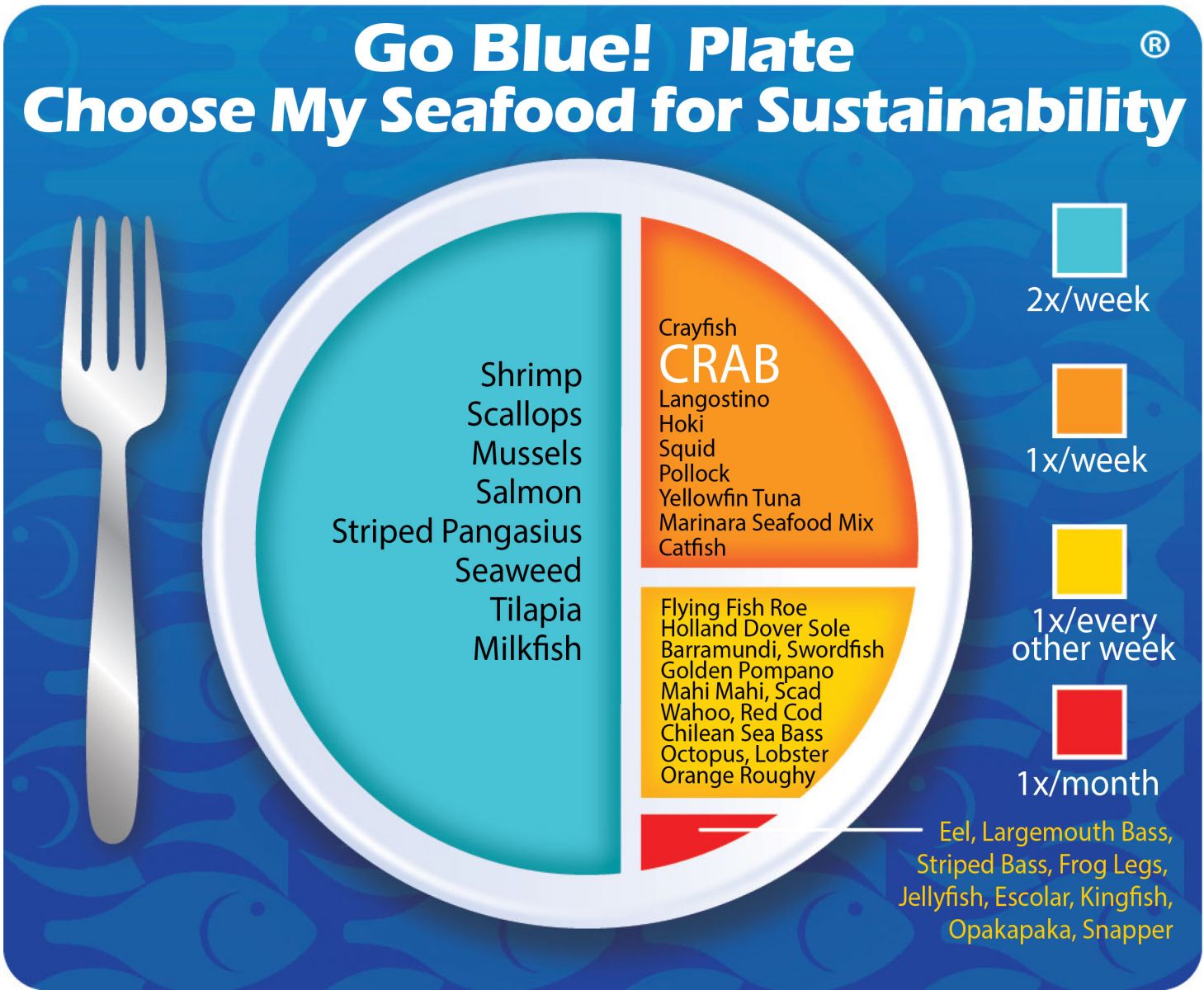
Sustainability Improvements NeededCanada needs to set scientifically supportable quotas; Korea should perform stock assessments and ensure that fishers are complying with gear restrictions, and time/area closures; better monitoring and enforcement is necessary to ensure that IUU fishing is not occurring. Russia needs to stop all IUU fishing.
Actions that Sea Port is UndertakingSea Port has worked in the recent past directly with Korean government fishery officials and Korean Snow Crab producers to bring the Snow Crab export industry in line with the AOAC Official Method for determining the net weight of frozen seafood to prevent economic fraud. Sea Port successfully changed the Korean practice of short weighting their imported Korean Snow Crab and is now requiring additional trace data that may lead to better assessments of the Korean wild Snow Crab fishery and help deter IUU fishing. Sea Port believes that, in aggregate, choosing from a diverse variety of seafood is better for sustaining the world’s seafood resources and that Snow Crab should be a part of this variety. We created the sustainability assessments for each of our seafood items in order to reveal the existing and potential environmental impacts and risks that are associated with producing them for human consumption. This allowed us to establish the starting position for each of our seafood items along our progressive Go Blue! Seafood Sustainability Spectrum®. These assessments are only a single snapshot in time and because of this, we will continue to assess and update the critical sustainability needs associated with our supply sources and issue updates to the Go Blue! Seafood Sustainability Spectrum® as needed. There is a growing global awareness for the need to assure the sustainability of farmed and wild caught seafood and because of this; all around the world positive changes are rapidly occurring at all levels of the seafood supply chain. We will continue to spread this growing awareness and work with our many industry partners to improve the sustainability of all seafood, which we believe is the ideal protein of choice to feed an ever growing world population. Our Go Blue! Seafood Sustainability Spectrum® serves as our compass and yardstick as we strive to move all our products forward to becoming more sustainable. Please join us in this committed quest and Catch Our Wave® to sustainability by choosing a diverse variety of responsibly produced seafood as part of your diet.
|

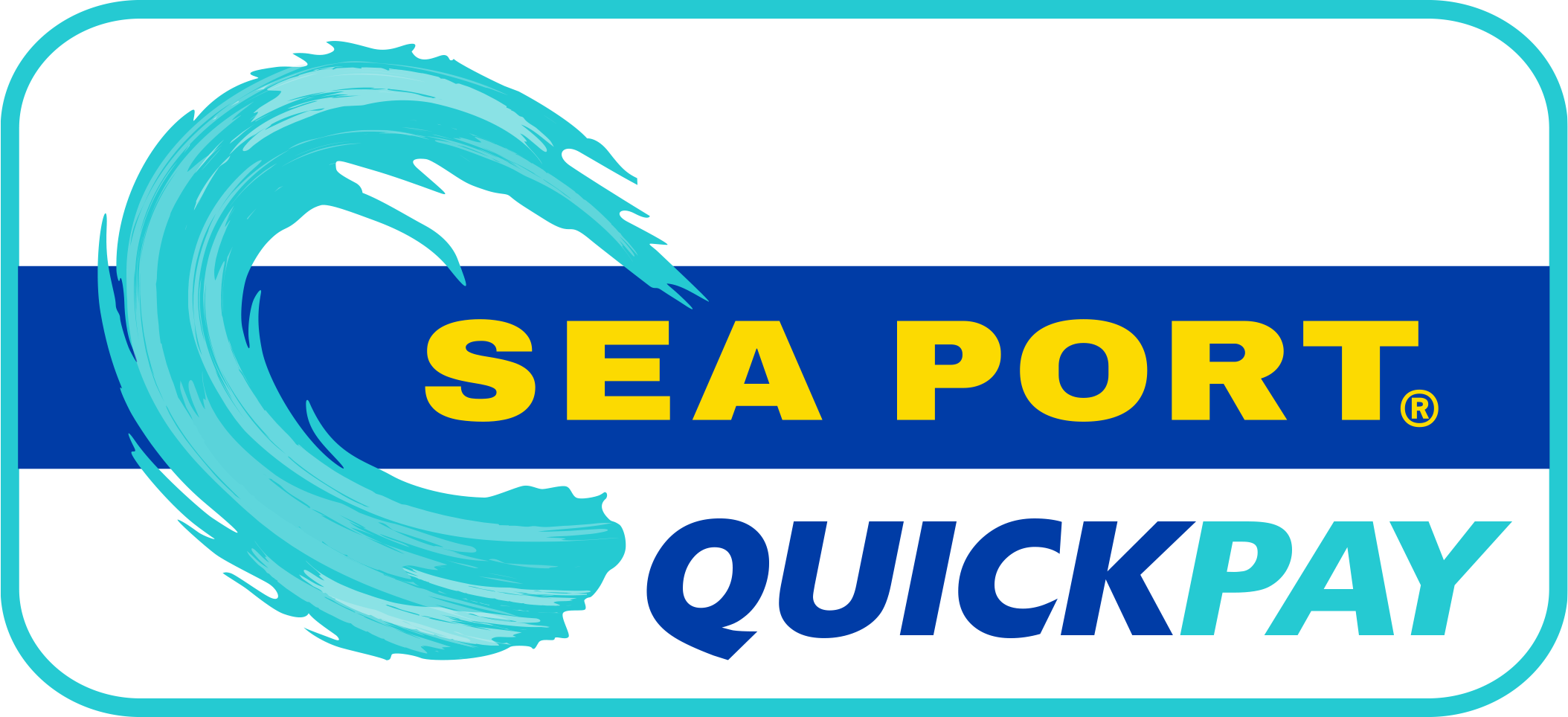
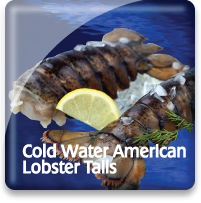
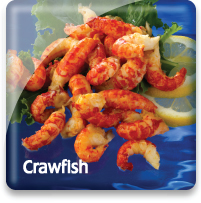
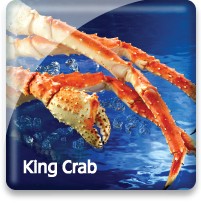
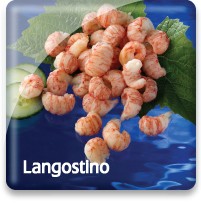
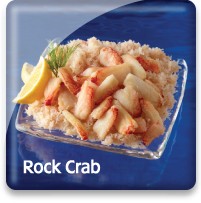
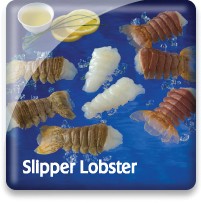
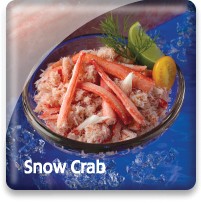
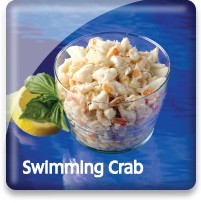
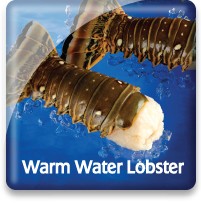

.jpg)